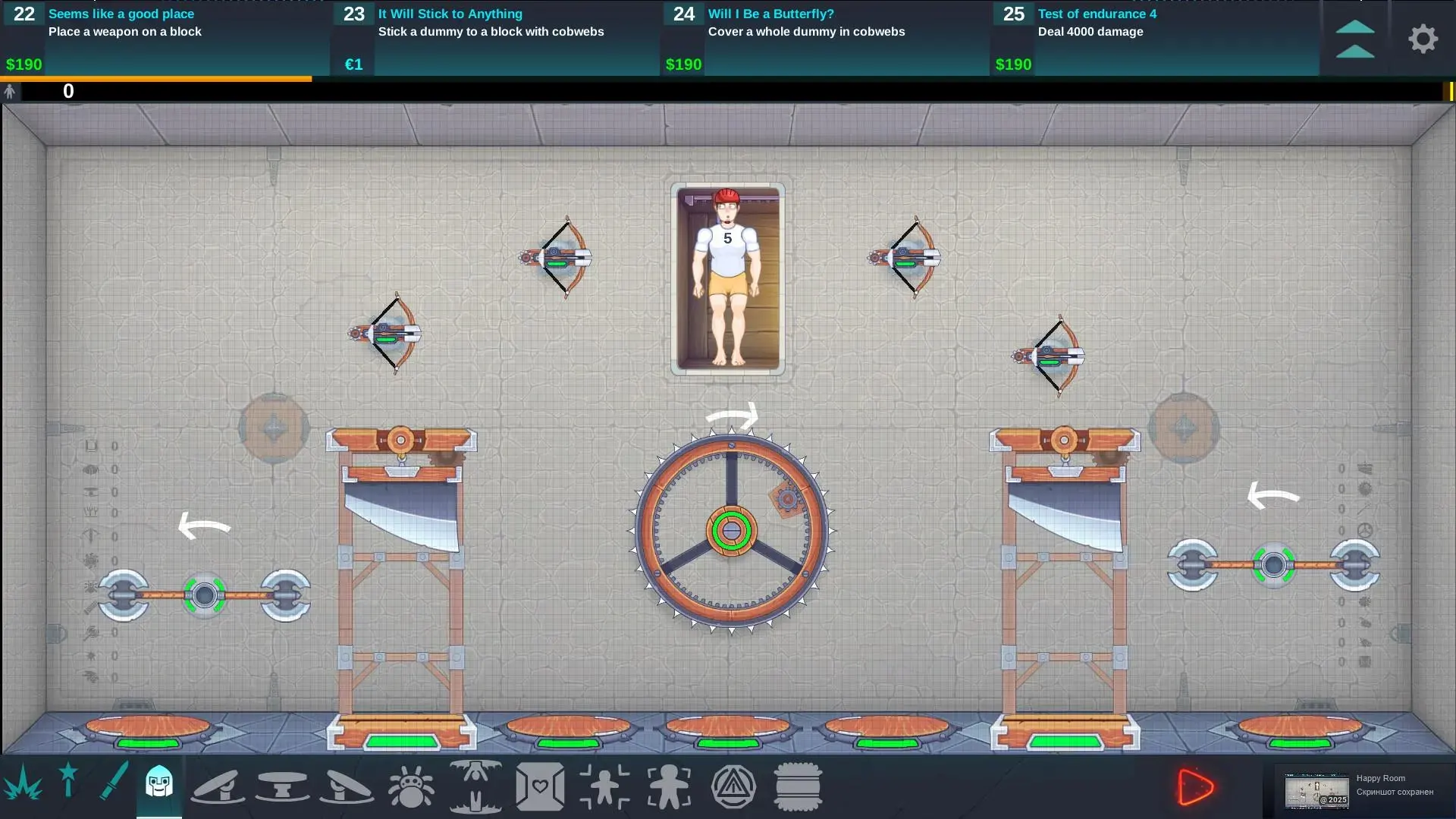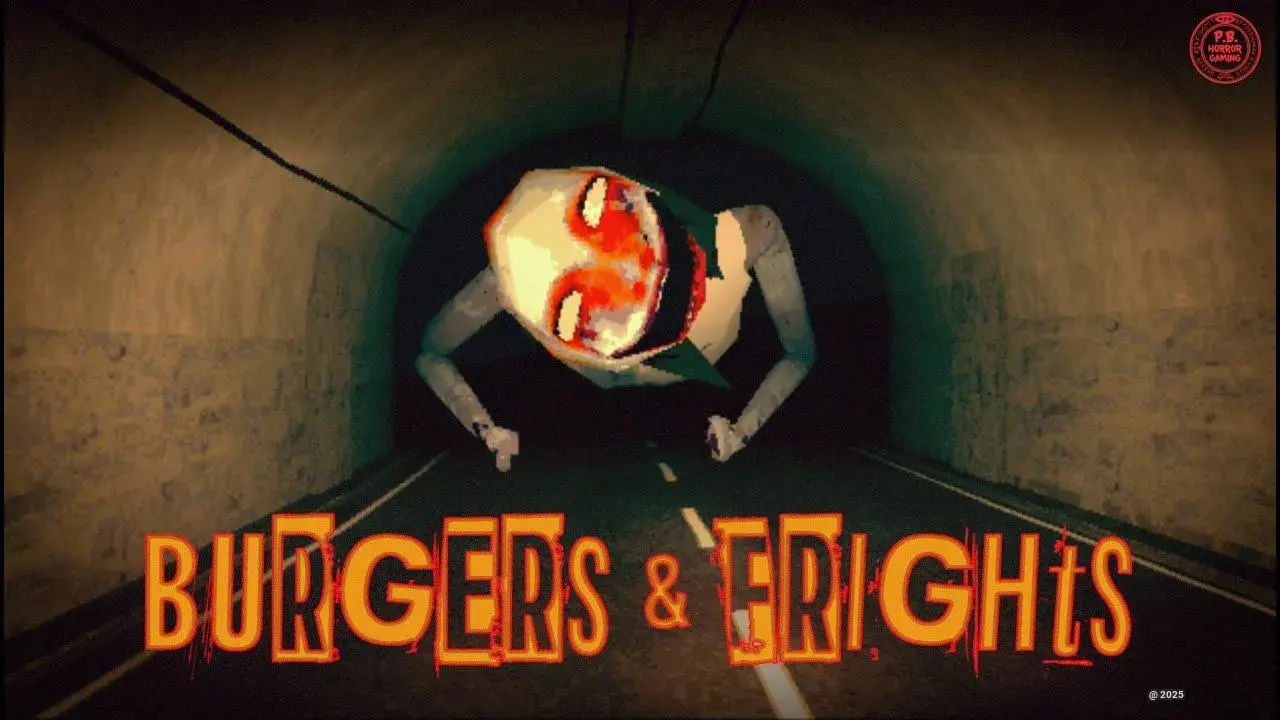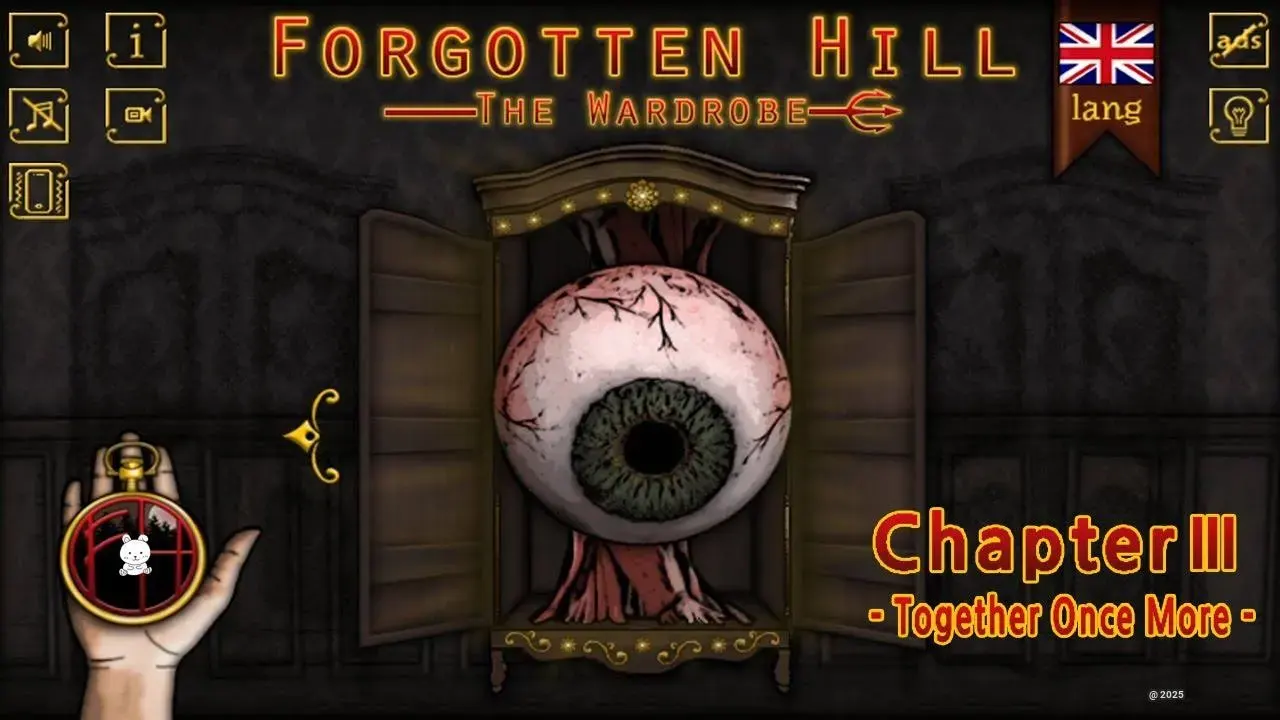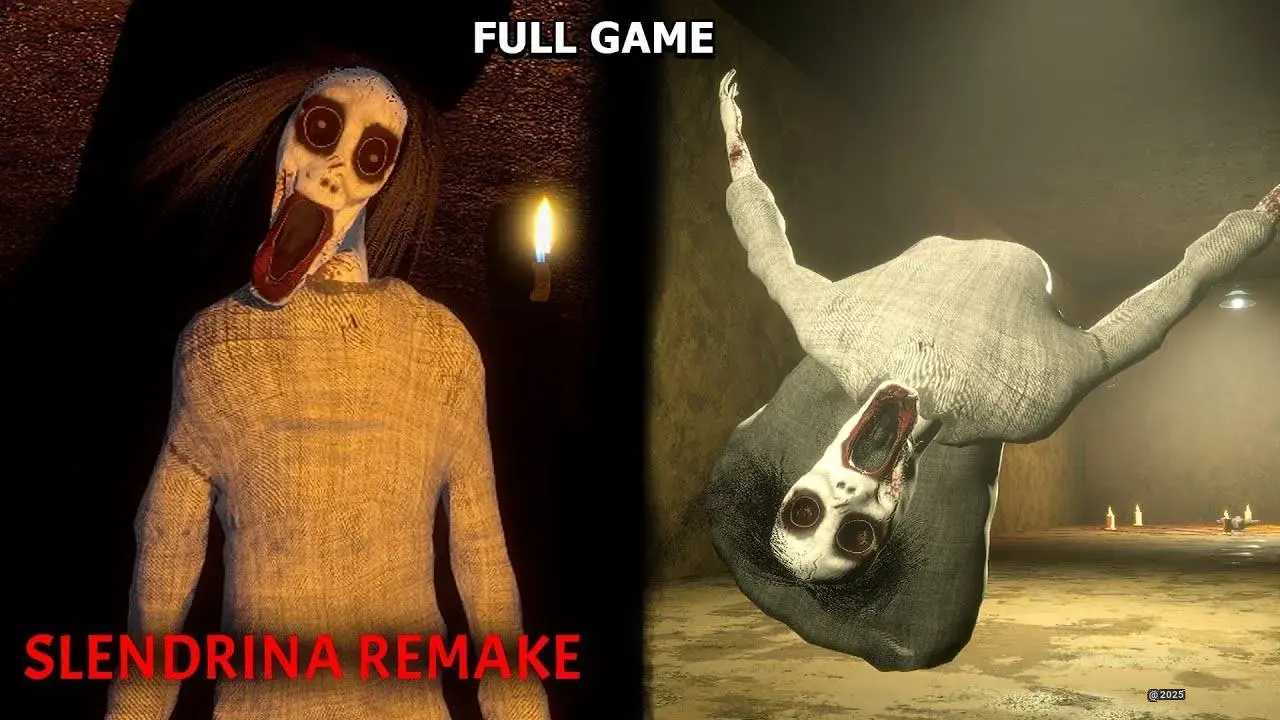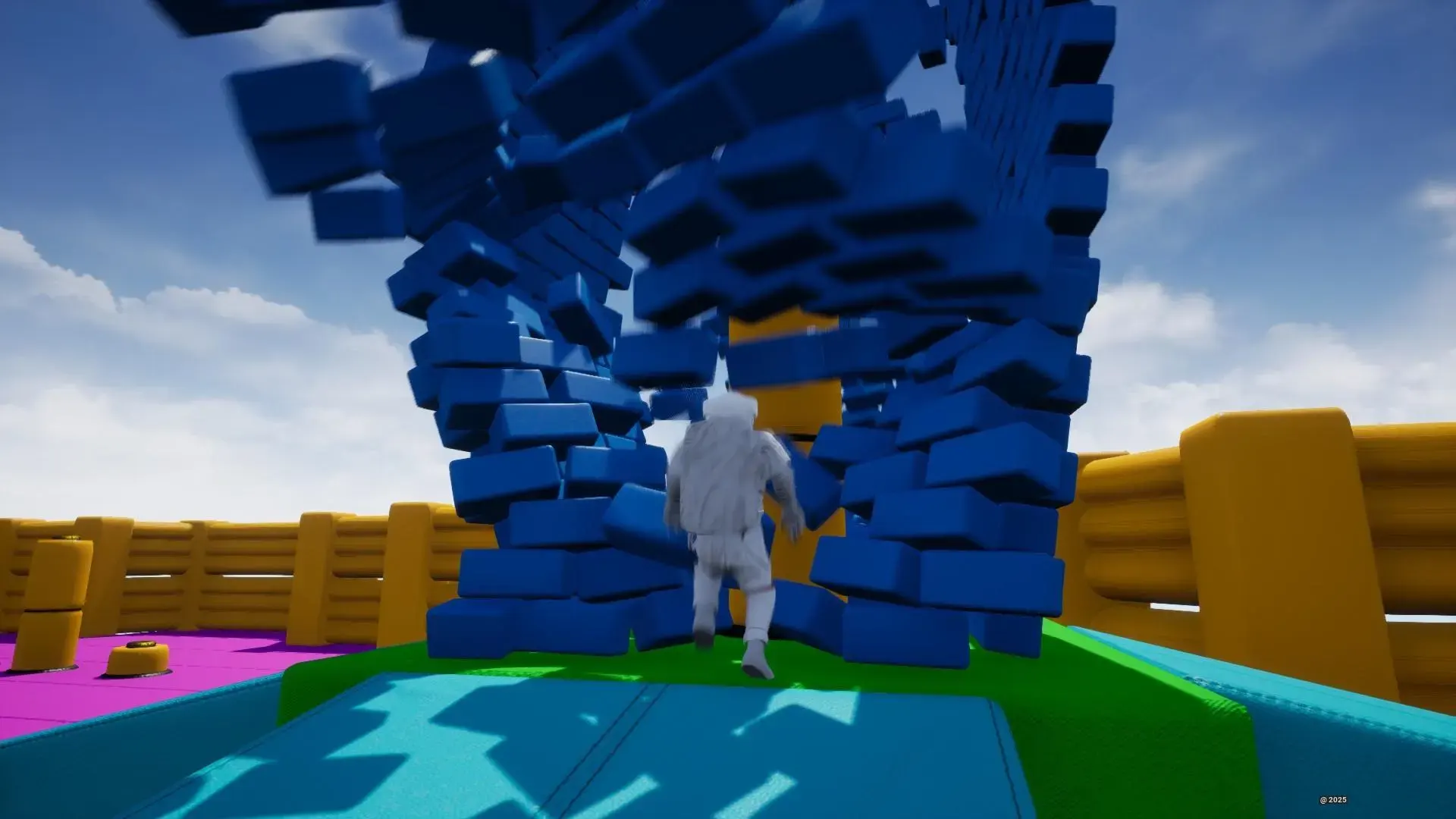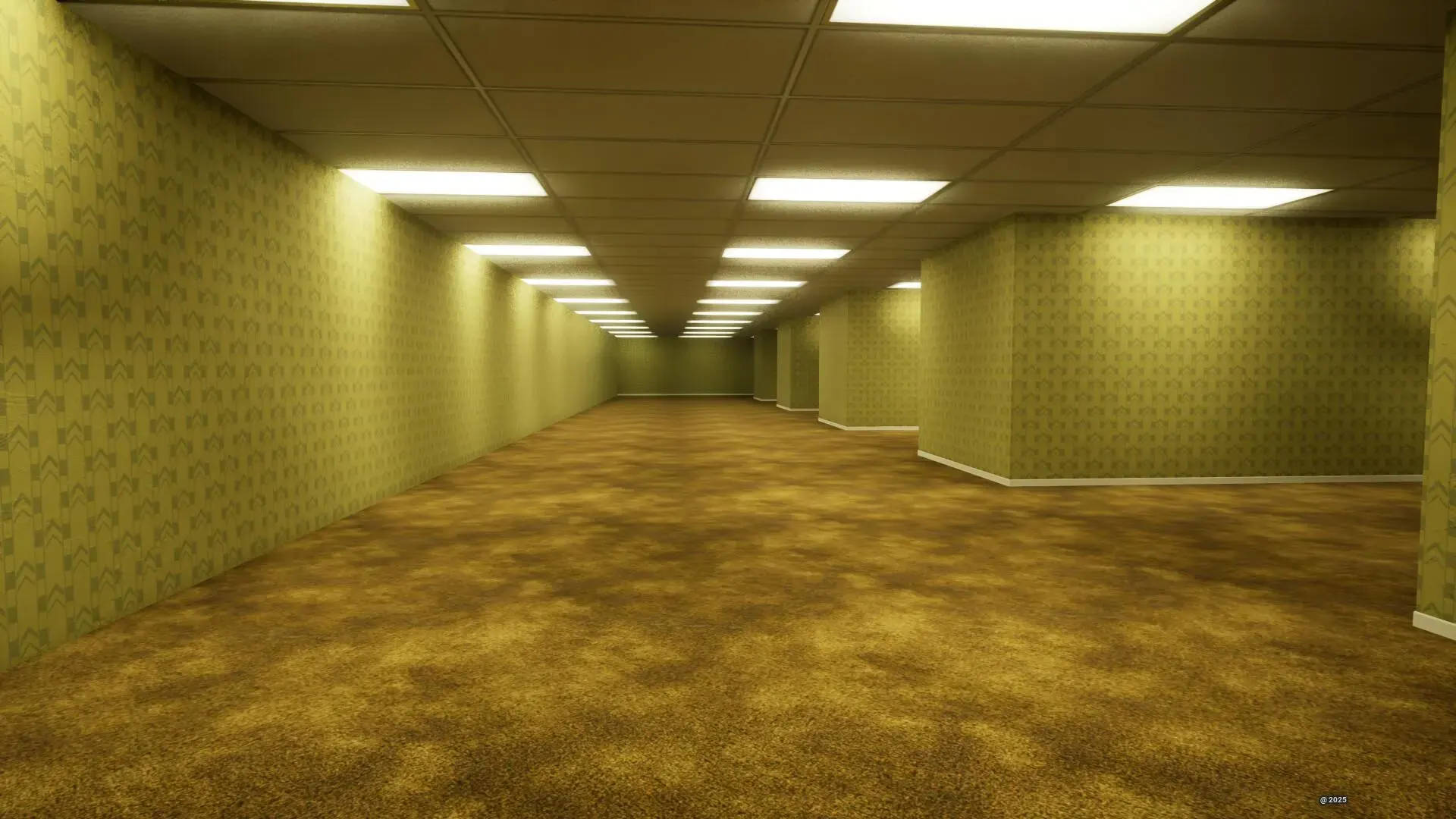TungTung’s Nightmare is a challenging platformer that tests both reflexes and mental adaptability.
Picture yourself trapped in a dream where solid ground melts away beneath your feet and walls fold like origami. TungTung’s Nightmare drops players into this unsettling reality, where mastering the art of survival means understanding that nothing stays fixed for long.
The game’s core features stand out through three distinct elements:
Dynamic World Mechanics
- Platforms dissolve without warning
- Walls reshape themselves mid-jump
- Terrain transforms based on player actions
Strategic Challenges
- Pattern recognition in environmental changes
- Split-second decision making
- Risk assessment across unstable landscapes
Puzzle Integration
- Visual and audio cues signal upcoming changes
- Environmental manipulation required for progress
- Multiple solution paths for each obstacle
Players face a constant stream of split-second choices: Should you rush across that fading bridge or wait to see what lies beneath? Does that distant echo signal safety or danger? Each decision carries weight, as the wrong choice sends you tumbling into the void.
The game demands a unique blend of skills - quick reflexes for platforming sequences, careful observation for puzzle elements, and adaptability when familiar paths transform into deadly traps. Success requires reading subtle hints in the environment while maintaining composure as the world warps around you.
This nightmare won’t let you rest, pushing you through an ever-changing gauntlet where your greatest enemy might be your own assumptions about how reality should work.
Shifting Landscapes
I’ve found that TungTungs Nightmare brings a fresh take on ever-changing worlds. The ground beneath my feet never stays still for long. What starts as solid stone might melt away like ice in the sun. I’ve learned to watch for tiny signs - a slight flicker in the air or odd sounds that warn me of what’s coming.
The dream world plays tricks on my mind. Walls don’t just stay put - they fold and twist like living things. I’ve seen entire rooms flip upside down without warning. The best way to stay alive is to keep moving and trust your gut. When the shadows start to dance or the air feels thick, that’s your cue to find new ground fast.
Every path I take feels different from the last. Sometimes I need quick feet to dash across crumbling bridges. Other times, I have to stop and think, looking for hidden routes in the chaos. The game keeps me on edge by mixing up the rules. What worked before might get me killed now.
Mixed Gameplay Elements
The heart of TungTungs Nightmare beats with wild changes in pace. One minute I’m solving puzzles in an old temple, the next I’m running for my life as everything falls apart. This mix keeps my blood pumping and my mind sharp.
I’ve faced timed challenges that test both speed and smarts. Strange symbols on the walls hold clues to deeper mysteries. The sound design adds another layer - whispers and echoes that hint at dangers or solutions. Each new area brings fresh ways to die or triumph.
The puzzles aren’t just about pushing blocks or pulling levers. They make me think about how the dream world works. Sometimes the answer lies in watching how things change over time. Other times, I need to use the shifting environment itself as a tool.
Similar Games
Final Words
TungTung’s Nightmare stands as a masterful blend of psychological horror and precision platforming. Through its shape-shifting environments and mind-bending challenges, the game creates an unforgettable experience that pushes players beyond conventional gaming boundaries.
The game’s genius lies in its ability to make players question their assumptions about space and movement. Each level presents a new psychological puzzle, where success depends on quick thinking and adaptability. The dissolving platforms and morphing walls aren’t just obstacles - they’re integral parts of a larger narrative about instability and perseverance.
What sets this game apart is its sophisticated approach to difficulty. Rather than relying on brute force challenges, it tests players’ ability to read subtle environmental cues and adapt to constant change. The audio-visual harmony creates an immersive atmosphere where every shadow and sound holds meaning.
Players who complete TungTung’s Nightmare don’t just master a game - they develop a new way of thinking about space, time, and movement. The experience challenges conventional gaming wisdom, proving that true innovation comes from pushing boundaries rather than following established formulas.
This surreal journey through shifting realities offers more than entertainment - it’s a testament to how games can challenge our perception of what’s possible in interactive media. TungTung’s Nightmare rewrites the rules of platforming while delivering an experience that stays with players long after the screen goes dark.








